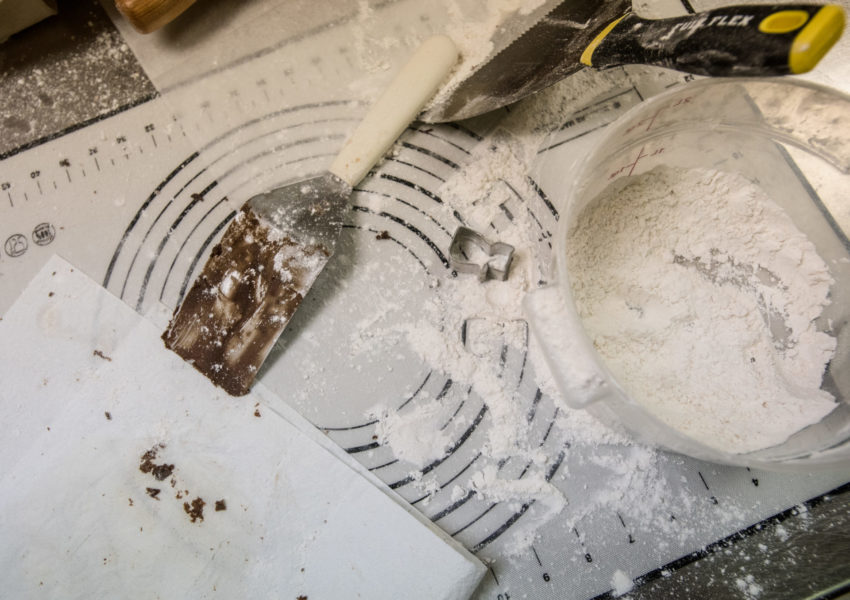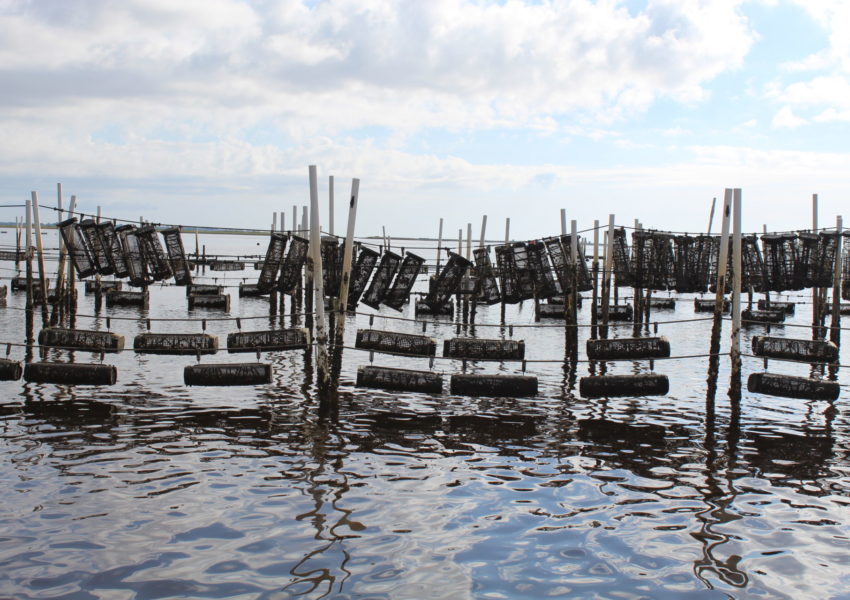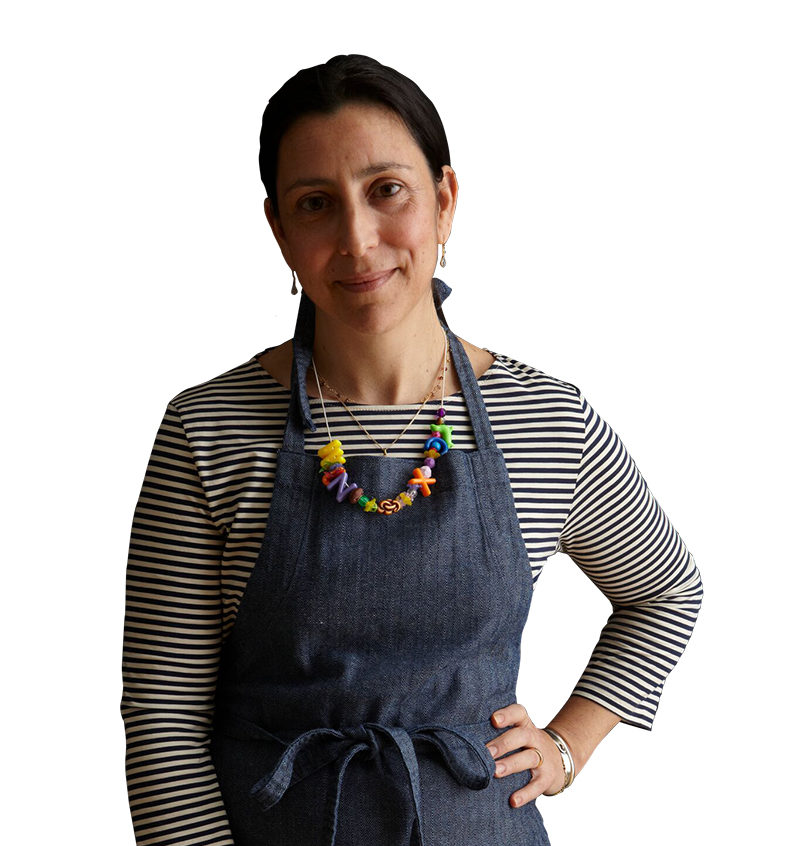The Down East community of Harkers Island, located in the Outer Banks of North Carolina, is an island community built on foodways and traditions necessitated by the landscape. Harkers Island is a community inextricably linked to the water, and its people–fisherman and boat builders–deeply woven into the fabric of place.
To know Harkers Island, you must first know of Shackleford Banks located just three miles directly across the Back Sound, from which most of the local population descends. Fishing and boat building (and whaling in the early days) were a way of life. The original settlers who arrived between 1650 and 1700 were known as “Ca’e Bankers” (a contraction of Cape Bankers), or “bankers.” An article written by Josiah W. Bailey entitled The Ca’e Bankers of Carteret says that “when asked how they came to be here, and where they’d come from, their answer was, ‘we’ve always been here,’ as if they had been born of the sea.”
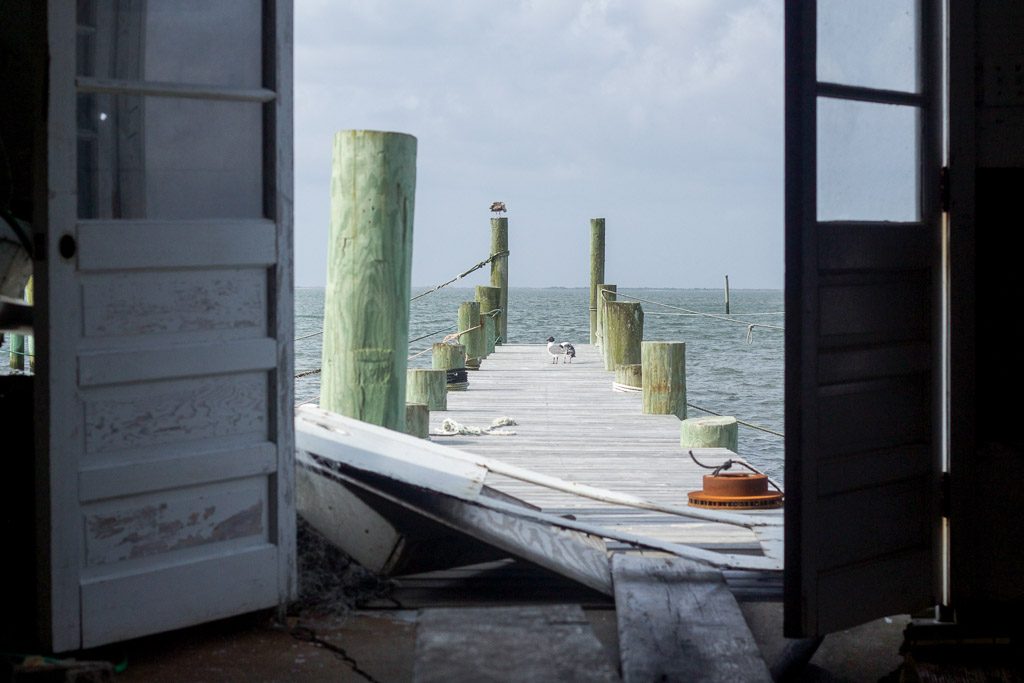
Devastating hurricanes in 1896 and 1899 displaced the communities on Shackleford Banks– most notably, the Diamond City and Wade’s Shore communities that had subsisted undisturbed for nearly a generation. Families with the names Willis, Guthrie, Johnson, Styron, Rose, Royal, Wade, Moore, Hancock, and Lewis among others made their way, some with their homes set on skiffs, to the sparsely populated, thicket-covered mainland to start anew.
Harkers Island remained an isolated community for four generations, accessible only by boat. Its inhabitants possessed the unique brogue of the Ca’e Bankers said to be a derivation of Old English, and they continued the strong fishing and boat building traditions of their ancestors. For bankers and islanders alike, hard work is less of a characteristic and more of a chromosome. The shoreline of early days depicted a community dependent upon the water, with gleaming nets strung up in long rows along the shore. Hundreds were employed at the fish scallop, and clam houses that dotted the waterline, and hundreds more worked in the boatyards.
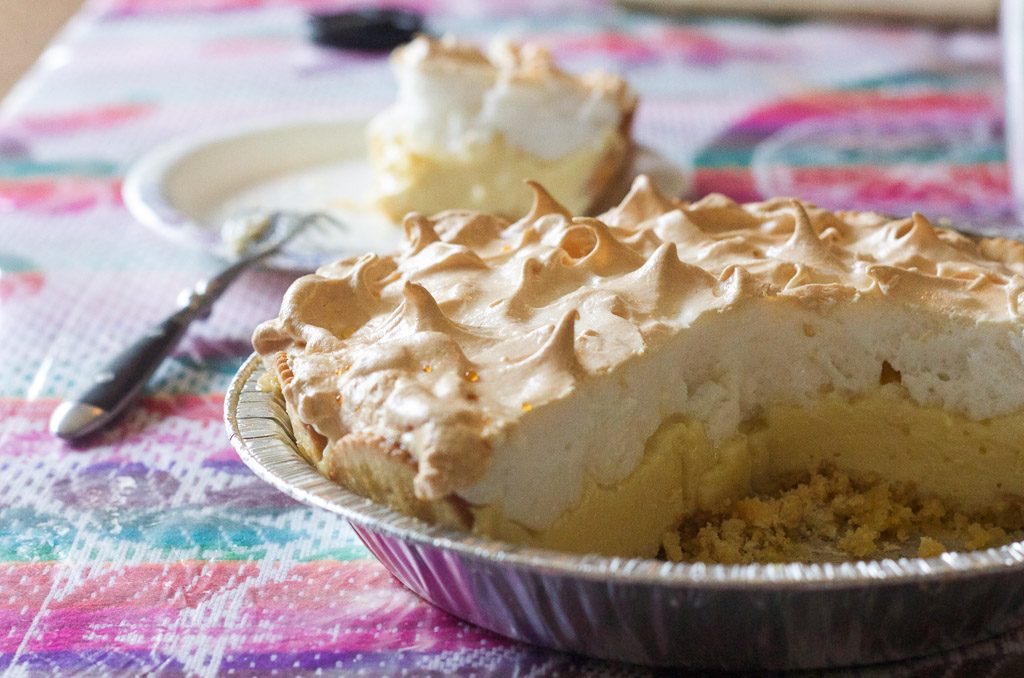
World War II especially impacted the community, permanently changing those sent off to war. The war-depressed economy sunk fish prices and raised the price of nearly everything. In 1941, the development of the bridge (named the Earl C. Davis Memorial bridge in 1991) connected islanders to the outside world. People from “off” entered the island, and opportunities elsewhere, including the nearby Marine Corps Air Station at Cherry Point, began to lure the younger generation away from life on the waterways. Later on, tourism and real estate would transform the island again.
In the face of a changing landscape and dwindling industry, which has closed all but one of the fish houses on the island, those who are Harkers Island born and bred cling fast to their traditions.
Mila Guthrie, owner of the only locally owned restaurant on the island, will tell you of the “tight-knit community” that she faithfully feeds three times a day at Seaside Galley. Fisherman Eddie Willis who grew up with “a crowd of old men” carries on the centuries-old techniques while adapting to the flux of the modern-day fishing industry.
Folks like Emma Rose Guthrie preserve history through poetry, story, and food traditions. Jan Gillikin, prolific contributor to one of the most well-known cookbooks on the island, transmits her island pride at the kitchen table. Ira Lewis and Makeley Lewis offer two distinct perspectives of life on the water, and shrimper Randy Wade depicts an image of a man born with saltwater in his blood.
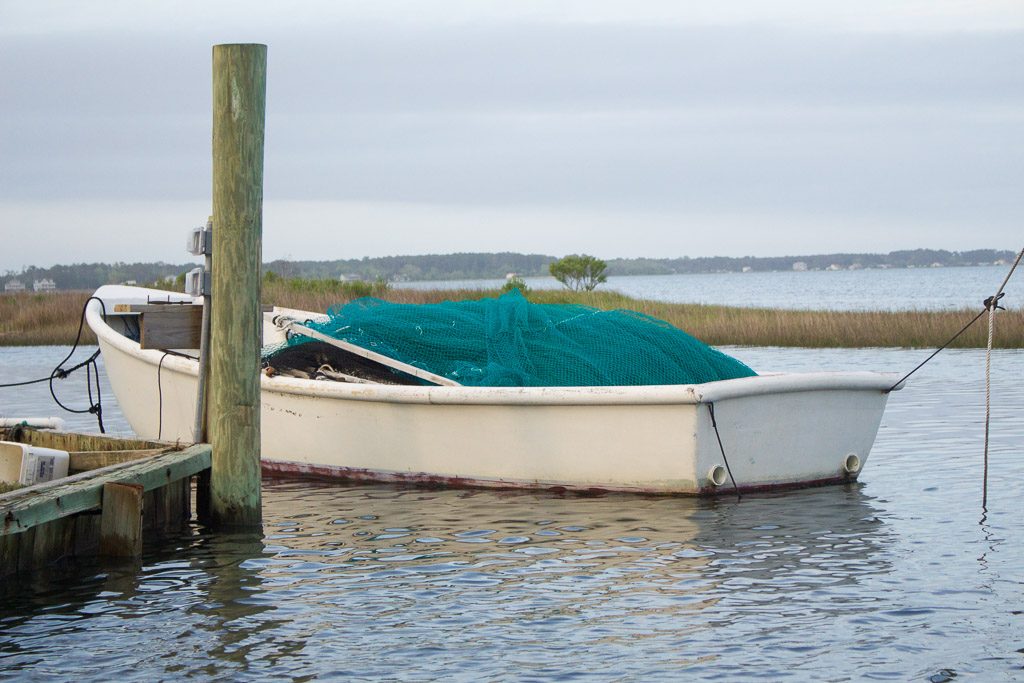
In these stories, you will find the portrait of a community, undergirded by faith and family, and defined by the water. Harkers Islanders preserve their history with a strength reserved for the displaced, and the intimacy of those long isolated from the outside world.










